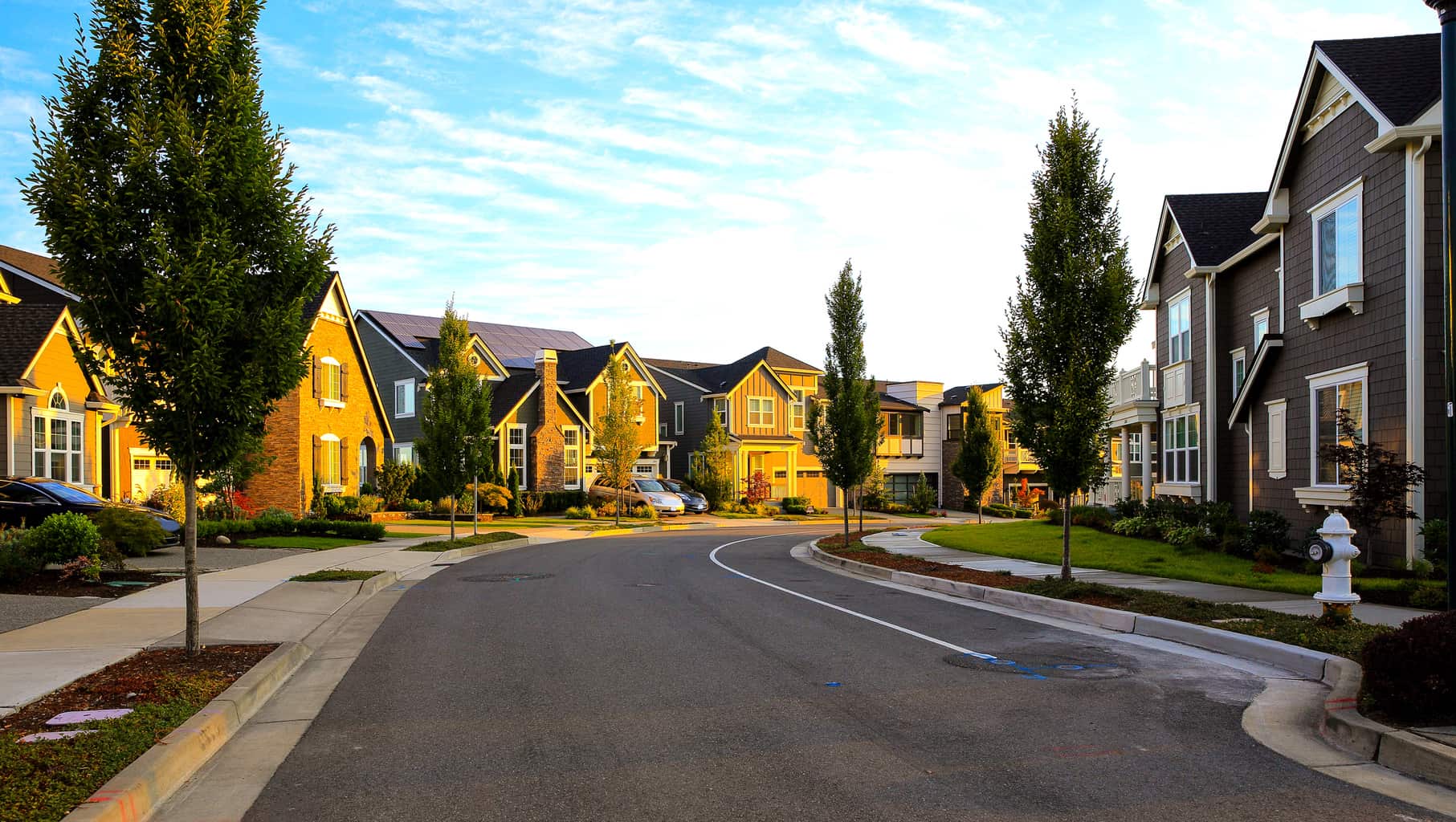Gentrification: Who will rebuild the wasted cities?

Reading Time: 5 Minutes
There has been a mass increase of redevelopment in the inner cities throughout America in recent years. Historical Black communities have been adversely affected by gentrification, which has led many to define it as being White redevelopment of urban communities. However, gentrification does not include White in its’ definition.” The US Department of Housing and Urban Development (HUD) defines gentrification as “a form of neighborhood change that occurs when higher-income groups move into low-income areas, potentially altering the cultural and financial landscape of the original neighborhood” (U.S. HUD 2016).” (Bereitschaft, 2020)
Many Black religious and political leaders blame Whites for displacing Blacks from neighborhoods in the inner cities. Whites are taking advantage of deteriorated, abandoned and/or underutilized property. They are making an investment in an effort to generate a profit and build wealth. These investors add insult to injury by predominately hiring undocumented Hispanic contractors to perform their construction activities. Thereby displacing Blacks in the construction industry. According to the U.S. Census Bureau, Black unemployment is 6.2% in 2025 (U.S. Bureau of Labor Statistics, 2025). Black leaders and members of the Black community have failed to recognize that they haven't looked at how they have contributed to this problem. Members of the Black community must realize the value of the real estate in the so-called “ghetto”. If Whites and foreigners can capitalize off of an investment in redeveloping the inner city, why can’t Black people invest in, maintain, and/or rebuild their own neighborhoods?
Black residents and Black heirs of property in the Black community could invest in renovations and new development there by earning the profits from the sale or leasing of properties, which is building generational wealth. A financial investment is required for redevelopment, and historically, financing has been a barrier for Blacks due to racism in the banking industry, such as redlining. There is a need for a national economic development fund that will act as a national bank designed to provide the financing for the Black community.
Muhammad’s Economic Blueprint is a national economic development fund lunched by the Honorable Minister Louis Farrakhan and the Nation of Islam. The initial goal of this fund is the purchase of 100 million acres of land to establish farms, factories, businesses, schools, hospitals, and residential housing for the Black community.

“Muhammad's Economic Blueprint will allow us to help ourselves in the battle to create jobs and end poverty and want. Under this wise economic plan, we can now use the collective power of our dollars to build a future for ourselves. With 5¢ a day, 35¢ a week, $1.40 a month and $18.20 a year multiplied by 16 million wage earners would give us $291,000,000 in one year! Everyone can give 35¢ a week as an investment in their future. Donate now and see what our pennies, nickels, and dimes can accomplish!” at www.economicblueprint.org
Tip 2: To learn what it takes to develop, plan, and manage a successful construction project The new, updated and expanded edition of this bestselling text addresses the basics of how we design, develop, and construct our buildings and our communities: https://nationsproducts.com/products/construction-project-management-a-complete-introduction?_pos=1&_psq=Construction&_ss=e&_v=1.0
John Muhammad, President/Owner of Nation’s Builders, Host of the Business Building Blocks Podcast, Graduate Student of the University of Texas at El Paso majoring in Construction Management M.S., B.S Degree from Texas Southern University, former Site Health and Safety Specialist for the renovation of the Administration Building of the Johnson Space Center at NASA and former Superintendent for semi-custom home builder, Emerald Homes.
References
Bereitschaft, B. (2020). Gentrification central: A change-based typology of the American urban
core, 2000–2015. Applied Geography, 118, 102206. https://www.sciencedirect.com/science/article/abs/pii/S0143622819310902
Muhammad’s Economic Blueprint (2013). https://www.economicblueprint.org/ 2013
U.S. Bureau of Labor Statistics (2025), https://www.bls.gov/
As an Amazon, Coursera, and Shopify Affiliate I earn from qualifying purchases.
